Beyond Practice: The Strategic Advantage of Private Music Lessons
The Competitive Advantage Most Student MusiciansOverlook — and Why It Matters More Than Ever inCollegiate Music Admissions and Scholarships.
Read More
AccoladiFineArtsDirector.com is built for district fine arts leaders who oversee and shape the success of performing arts programs. Here, you'll find resources and tools to help you support your teachers, guide your students, and connect with collegiate recruiters who are eager to discover emerging talent.
While fine arts directors are at the center of this site, we also serve performing arts students and their families, collegiate and summer enrichment recruiters, and teachers. To ensure each group has the right fit, we've created dedicated websites:
Fine Arts Directors: this is your home base. Please continue your registration for your district/school here on AccoladiFineArtsDirector.com.
Everyone else: begin your journey at the site designed for your role.
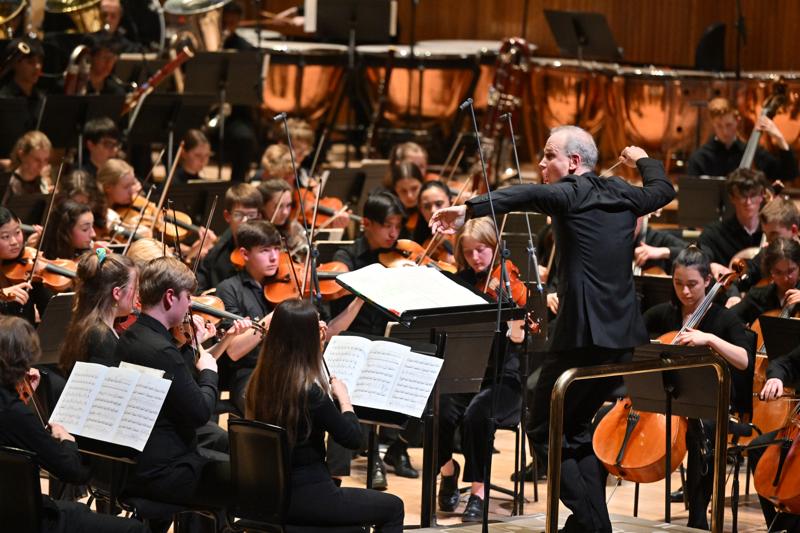
How audition-based regional ensembles build musical maturity, elevate collegiate readiness, and unlock scholarship opportunities before senior year.
High school music educators well know the importance and are always looking for opportunities to elevate their students’ collegiate prospects. As music programs continue to develop college-ready performers in the classroom, one powerful complement to school-based ensemble training stands out: participation in a community youth ensemble.
These regional, audition-based ensembles—youth orchestras, wind ensembles, and choruses—offer students exposure to a higher caliber of performance, peers, and preparation. And when introduced at the right time, they can significantly enhance both a student’s musicianship and their future scholarship opportunities.
Participation in a youth ensemble during senior year is helpful—but by then, many college applications and scholarship decisions are already in motion. The greatest value comes when students begin earlier:
Encouraging students to audition by sophomore or early junior year allows them to gain traction, grow into the experience, and list multiple years of participation on applications, audition materials, and platforms like Accoladi.com.
Community ensembles bring together top student musicians from multiple schools, cities, and districts—sometimes even across state lines. These students rehearse advanced repertoire under experienced conductors, often with collegiate or professional affiliations. They learn to:
Students in these ensembles don’t just prepare—they prove. Participation reflects a higher level of artistic engagement and a willingness to rise to challenge. This is the kind of signal that collegiate recruiters notice.
Students rarely discover these opportunities on their own. It is often a teacher’s encouragement, validation, or direct recommendation that initiates the journey.
Music educators serve as:
Music educators—particularly at the high school level—view participation in community ensembles not as competition, but as a complement to their school programs. Students who grow through external ensembles often return with elevated skills, new repertoire exposure, and a stronger sense of ownership in their musical path.
Rehearsals are typically once per week, often requiring 30–60 minutes of travel. Some families hesitate at the commitment. But across the country, students who make the drive are gaining:
And in many cases, the scholarship return outweighs the travel investment.
In addition to the experience, performance, and résumé-building benefits, many community youth ensembles offer exclusive scholarship and soloist opportunities for their members.
Concerto and Aria Competitions: Youth orchestras frequently host concerto competitions, and choruses often sponsor aria or solo competitions for only members of their ensemble. Students who win these contests are given the honor of performing as featured soloists in the ensemble’s year-end concert—an experience that mirrors collegiate and professional performance standards.
Scholarship Awards: These competitions often come with substantial financial a funded by ensemble boards, foundations, or local sponsors. Awards frequently range from hundreds to several thousand dollars—funds that students can use toward college tuition, summer intensives, or private lessons.
Member-Only Advantage: These opportunities are open only to current ensemble members, giving committed students a higher likelihood of earning recognition and financial support than in larger, statewide competitions.
These scholarships and featured soloist opportunities provide tangible incentive for families considering the time investment, and they reinforce the ensemble’s role not just as a training ground—but as a launchpad.
Community ensembles often charge participation fees, but many offer scholarships or tuition waivers. Directors can:
Advocating for participation across all student backgrounds ensures that opportunity is tied to potential—not privilege.
When students list youth ensemble experience on applications or include performance repertoire in their Accoladi.com profiles, they signal more than musical skill—they demonstrate initiative, professionalism, and follow-through. These traits differentiate them from equally talented peers in the eyes of scholarship committees and admissions officers.
And for students who go on to win their ensemble’s concerto or aria competition, or receive internal scholarships, the ensemble becomes both a proving ground and a funding source.
The decision to audition for a community youth ensemble is rarely made alone. It’s shaped by a teacher’s belief in a student’s potential, a parent’s willingness to support the journey, and a student’s own drive to grow.
Participation in a youth orchestra, wind ensemble, or chorus isn’t just a musical milestone—it’s a statement. It says: “I’m ready to stretch. I’m ready to compete. I’m ready to commit.”
For the educator, it’s an extension of the classroom’s impact—proof that what we build inside our programs can thrive beyond them. For the parent, it’s an investment not only in music, but in character, confidence, and opportunity.
And for the student, it’s a moment of forward motion—the kind of momentum that leads to scholarships, college offers, and lifelong artistry.
When all three voices come together—educator, parent, and student—the result is powerful. Not just a seat in an ensemble, but a door opened. Not just a title on a résumé, but a direction for the future. Because community youth ensembles don’t just make better musicians—They help make the future visible. And possible.
Objective: To introduce students to the concept and benefits of participating in community-based youth music ensembles and help them explore how early involvement can grow their musical skills, confidence, and future opportunities.
Purpose: Many middle school students (and their parents) are unfamiliar with community youth orchestras, wind ensembles, or choirs. This lesson helps students understand what these groups are, why they matter, and how they might begin preparing for participation—either now or in high school.
Assignment: What’s Beyond My School Band/Orchestra/Choir?
Instructions:
| Criteria | Full Credit (10 pts) | Partial Credit (5 pts) | No Credit (0 pts) |
|---|---|---|---|
| Notes from Video or Reading | 3+ notes clearly written | 1–2 notes provided | No notes taken |
| Ensemble Research | All 5 parts listed | 2–4 parts listed | Missing or incorrect info |
| Reflection Paragraph | 5–7 thoughtful sentences | Fewer than 5 or lacks clarity | Missing or off-topic |
| Effort & Neatness | Clearly written and organized | Some parts hard to follow | Messy or unreadable |
| Total Points | Grade |
|---|---|
| 30–40 | A |
| 20–29 | B |
| 10–19 | C |
| Below 10 | Needs Work |
Objective: To help students understand the value of early participation in community-based youth ensembles and how it can positively impact their musicianship, audition preparation, scholarship opportunities, and college applications.
Purpose: By exploring the benefits of regional ensembles and analyzing real-world ensemble opportunities, students will learn to evaluate their personal readiness and develop a plan for auditioning. This teaching moment will also encourage conversations with parents and help students take proactive steps toward college-level music preparation.
Assignment: Exploring and Planning for Youth Ensemble Participation
Instructions:
| Criteria | Excellent (10 pts) | Proficient (8 pts) | Developing (6 pts) | Needs Improvement (4 pts) |
|---|---|---|---|---|
| Research of Ensembles | 2+ ensembles thoroughly researched with all details | 2 ensembles with most details provided | 1 ensemble with incomplete info | Missing or vague research |
| Reflection Quality | Insightful, clear, and personal connection made to article | Some insight and clarity shown | Limited personal connection or clarity | Lacks reflection or off-topic |
| Action Plan Clarity | 3 clear, realistic steps with strategies and support listed | 2–3 steps with some detail | Vague or incomplete steps | Plan missing or unclear |
| Organization and Formatting | Well-organized with clear headings and formatting | Mostly organized with minor errors | Some organization issues | Unorganized or hard to follow |
| Grammar & Mechanics | No grammar/spelling issues | 1–2 errors that don’t affect meaning | Frequent minor errors | Grammar errors hinder readability |
| Points Range | Grade |
|---|---|
| 45–50 | A (Excellent) |
| 40–44 | B (Good) |
| 35–39 | C (Satisfactory) |
| 30–34 | D (Needs Improvement) |
| Below 30 | F (Incomplete) |
Dear ____________ Parents,
Every day, I get to witness something extraordinary—students discovering their voice through music, gaining confidence, and working hard to grow their talents. As a middle school music educator, I know these early years are more than just a starting point. They’re a springboard.
That’s why I want to share an important article that I believe every parent of a young musician should read: Beyond the Bell Schedule: Why Music Educators Encourage Community Youth Ensemble Participation Early. You’ll find it now featured on Accoladi.com.
The article explores how community youth ensembles—like regional youth orchestras, choirs, and wind ensembles—can make a real difference in a student’s musical journey. These audition-based groups bring together the most dedicated young musicians from different schools and communities, offering them the chance to perform advanced music, work with inspiring conductors, and build lifelong discipline and friendships.
Here’s what I found especially encouraging: Students who start preparing for these ensembles in middle school are often the ones who succeed in earning college scholarships and major performance opportunities in high school.
While participation usually begins in high school, the groundwork is often laid right here in middle school—with parents and teachers introducing the idea, encouraging the spark, and helping students believe they’re capable of more.
I encourage you to take a few minutes and read the article on Accoladi.com. It offers practical insight, inspiring stories, and clear steps for how we—as parents and educators—can work together to expand what’s possible for our young musicians.
Let’s start the conversation now. If your child shows strong interest or aptitude, I’m here to help with guidance, early repertoire, or sharing local ensemble options. And if it’s still a few years off? That’s okay—awareness is the first step.
Thank you for supporting your child’s musical growth, both in and beyond the classroom. With the right encouragement now, who knows where their talent will lead?
Warmly,
____________________________________________ [Director’s Name and Position]
________________________________________________________ [School Name]
Dear _________________ Parents,
Each day in the music room, I get a front-row seat to the growth, talent, and potential of our amazing student musicians. And while school ensembles are at the heart of that journey, I want to share something that can take your child’s musical development—and future college opportunities—even further.
We’ve recently come across a powerful article featured on Accoladi.com that I strongly encourage you to read: Beyond the Bell Schedule: Why Music Educators Encourage Community Youth Ensemble Participation Early
This article beautifully outlines how community youth ensembles—like regional orchestras, wind ensembles, and choruses—can become game-changers for student musicians. These audition-based groups bring together top students from across cities or even states, giving them the chance to work with outstanding conductors, tackle advanced music, and perform in prestigious venues.
But whac really struck me was this: Students who join these groups by their sophomore or junior year gain confidence, college-ready skills, and—most importantly—momentum.
In fact, participation in youth ensembles often sets students apart in college applications, scholarship competitions, and auditions. These ensembles aren’t just extracurriculars—they’re launchpads.
As your child’s music director, I want to encourage you to read the full article at Accoladi.com and consider how this opportunity might align with your child’s path. Whether your student dreams of a career in music or simply wants to keep music part of their life, youth ensemble participation is a step worth exploring.
In the coming weeks, I’ll be sharing audition dates, application tips, and ways we can help with preparation—from practicing excerpts to connecting with local ensembles. If transportation or cost is a concern, don’t hesitate to reach out. Many of these programs offer scholarships or fee waivers, and we’re here to help build that bridge.
Let’s keep the momentum going—beyond the bell schedule.
Musically Yours,
____________________________________________ [Director’s Name and Position]
________________________________________________________ [School Name]
Start your college journey with confidence!
Browse our library of helpful articles and directories made just for performing arts students and their families. Whether you're choosing a school, planning campus visits, preparing for auditions, applying for scholarships, or getting ready to submit applications—this is your go-to place for everything college.

.png)
The Competitive Advantage Most Student MusiciansOverlook — and Why It Matters More Than Ever inCollegiate Music Admissions and Scholarships.
Read More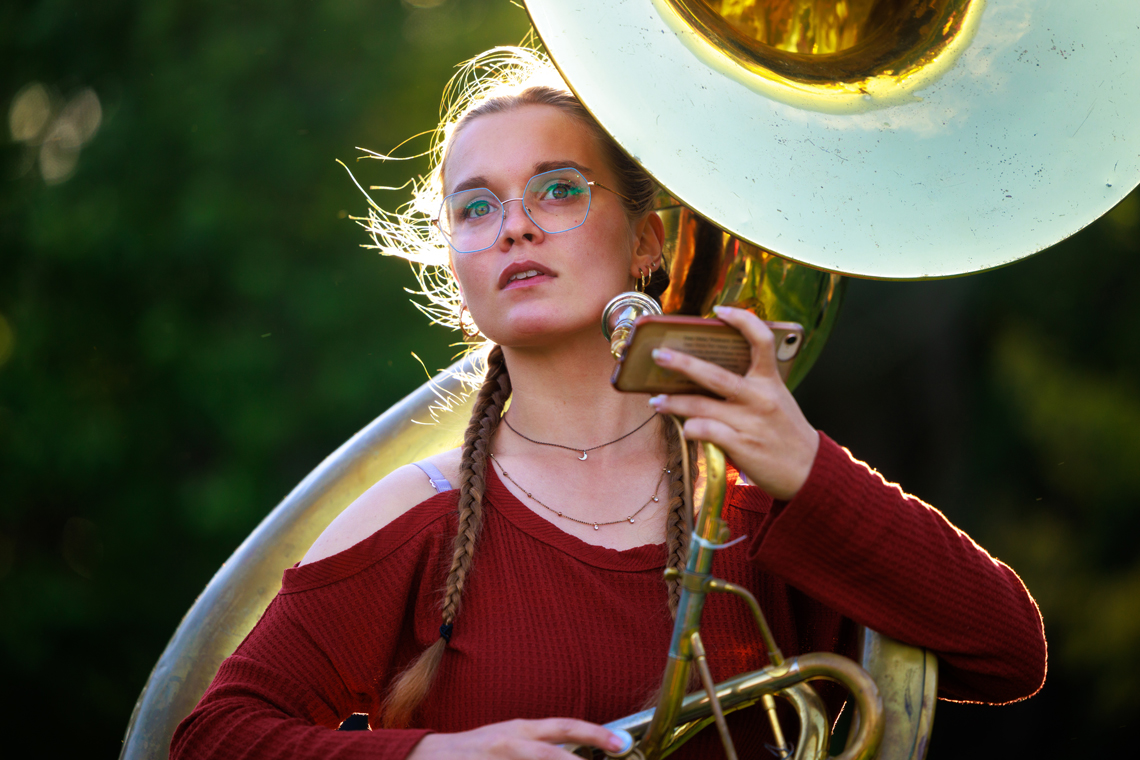
Explore how combining music with another field can open doors to exciting career opportunities.
Read More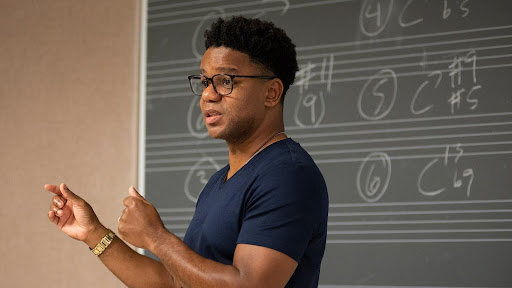
Get ahead in your music education journey with strategic dual enrollment opportunities.
Read More.jpg)
Discover proven strategies to build meaningful relationships with college music departments before you apply.
Read More.jpg)
From Baroque to modern, fast to lyrical—contrasting solos reveal a musician's full range in college auditions.
Read More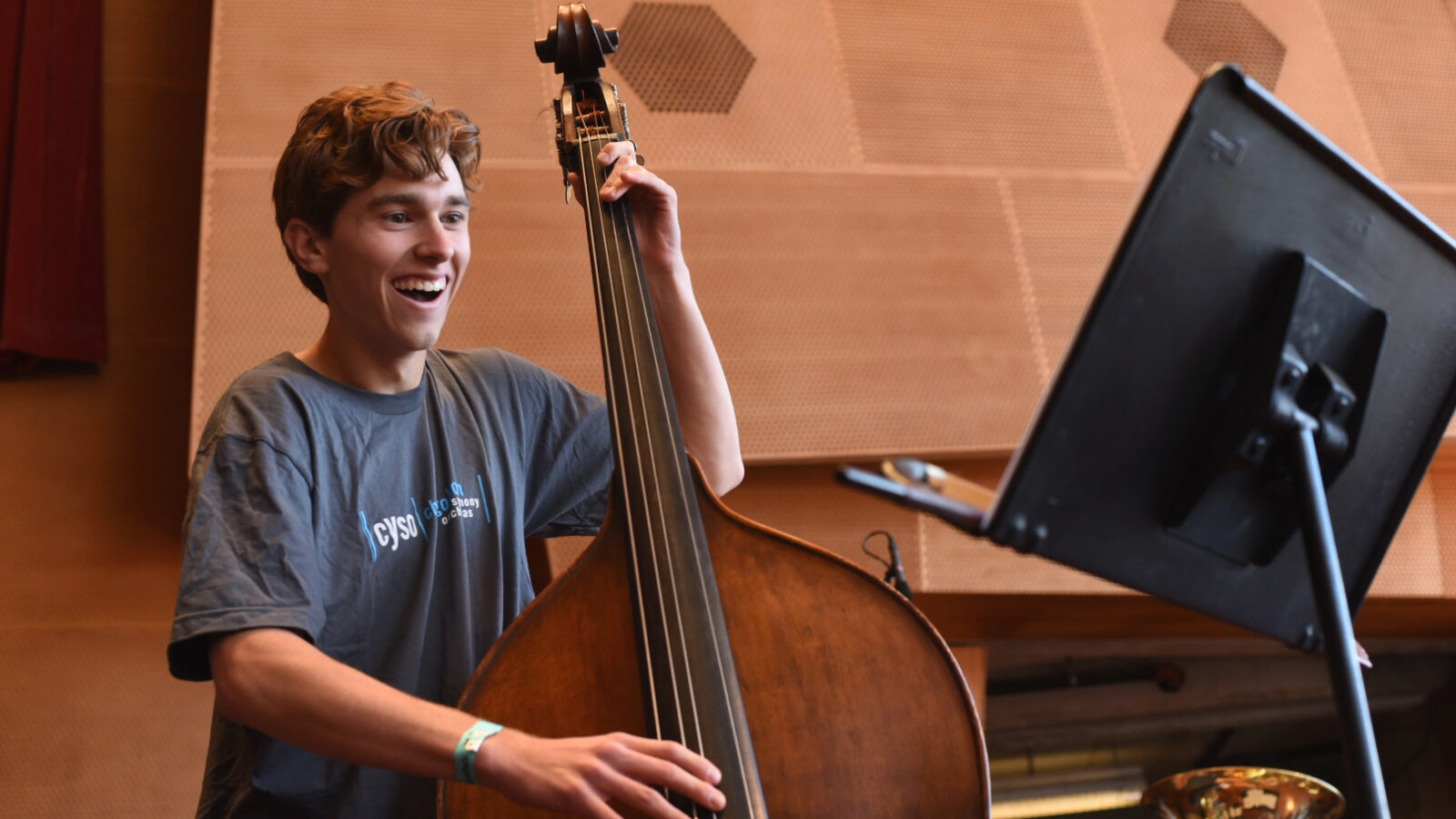
Discover why mastering just a few bars of music can make or break an audition and reveal your potential.
Read More.jpg)
Make a great first impression with proper college visit etiquette and smart questions.
Read More
A comprehensive roadmap to navigate the music school application and audition process successfully.
Read More.png)
Sometimes the smallest gestures-like a simple thank-you -- open the biggest doors. Discover how one note of gratitude changed everything.
Read More
Discover how college fairs tailored for music students can open doors to top programs and help you make meaningful connections before you ever audition.
Read More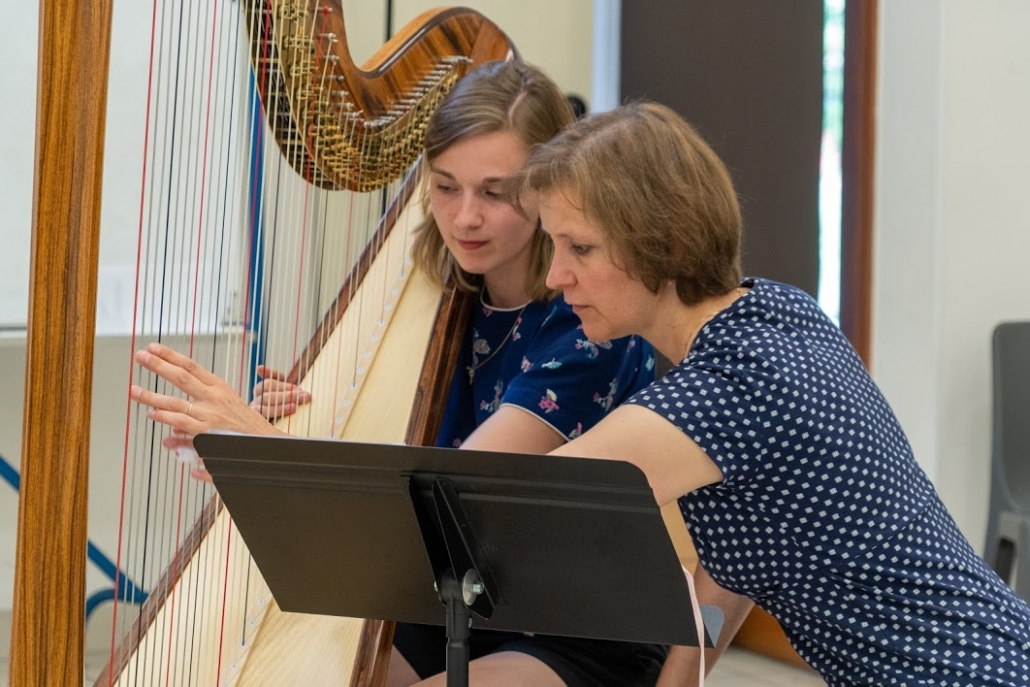
Private music lessons do more than sharpen skills — they unlock opportunity. Discover how one-on-one instruction builds confidence, hones performance, and opens doors to college auditions and scholarships.
Read More
Packed with proven strategies, expert insights, and inspiring real-life stories, it empowers musicians to turn performance anxiety into confident, expressive auditions.
Read More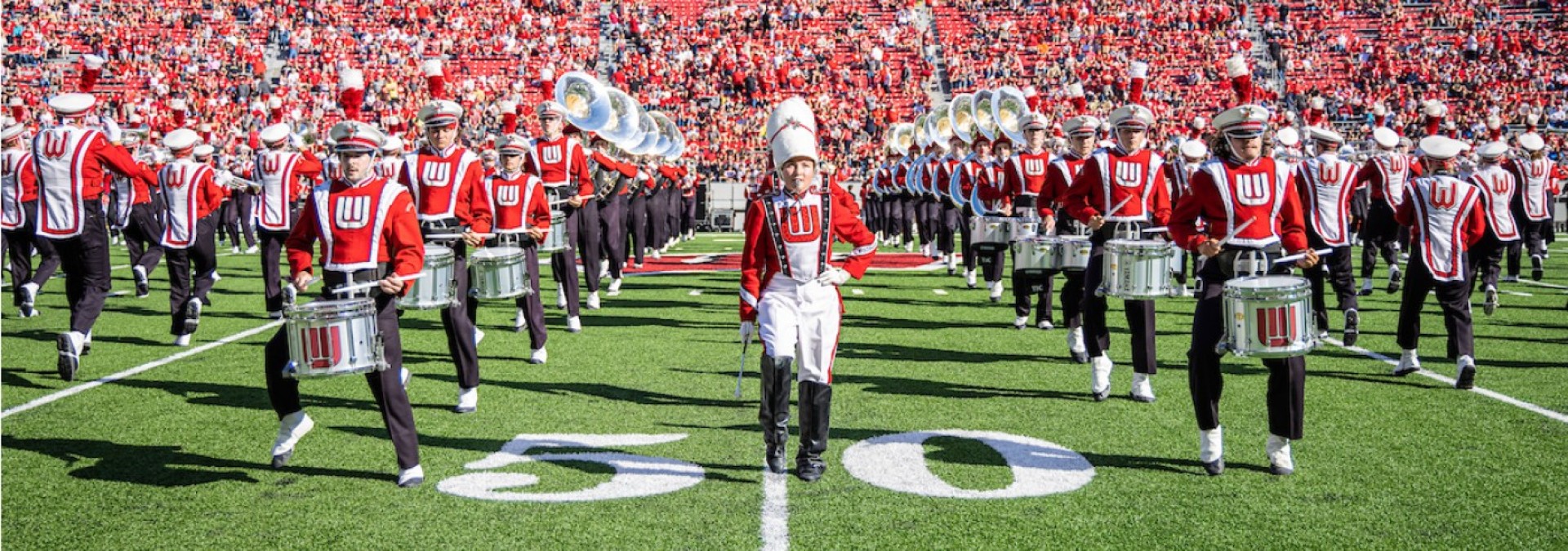
Discover how marching band can do more than make music—it can open doors to scholarships, leadership roles, and life-changing opportunities.
Read More.jpg)
Where nerves meet opportunity, growth begins. Discover how one powerful experience can elevate your student’s talent—and their college application.
Read More.png)
Professors don't just admit talent—they choose students they won't mind teaching every Tuesday morning before coffee, touring Europe with next spring, and introducing to their colleagues without bracing themselves first.
Read More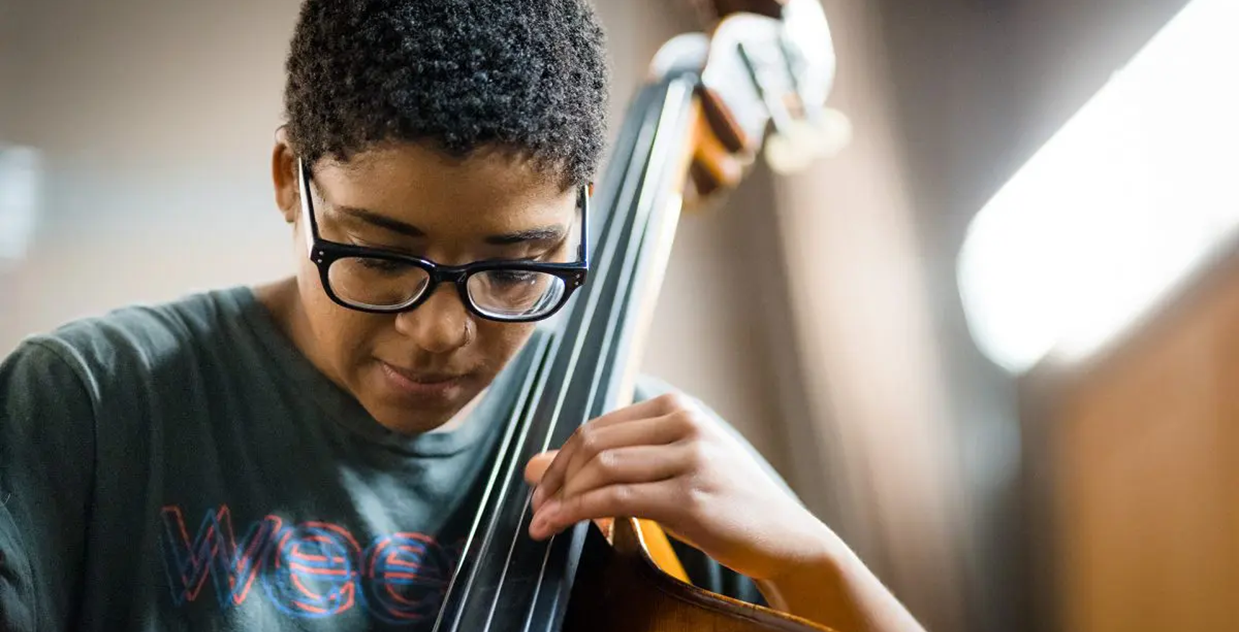
Think a music degree is out of reach because of cost? Think again. Whether you're aiming for college scholarships or exploring grants from arts organizations, this guide helps you uncover the many ways to fund your passion — and shows why applying early and often is the key to making your musical dreams a reality.
Read More
From nerves to notes, this guide helps student musicians face audition day with clarity, confidence, and control.
Read More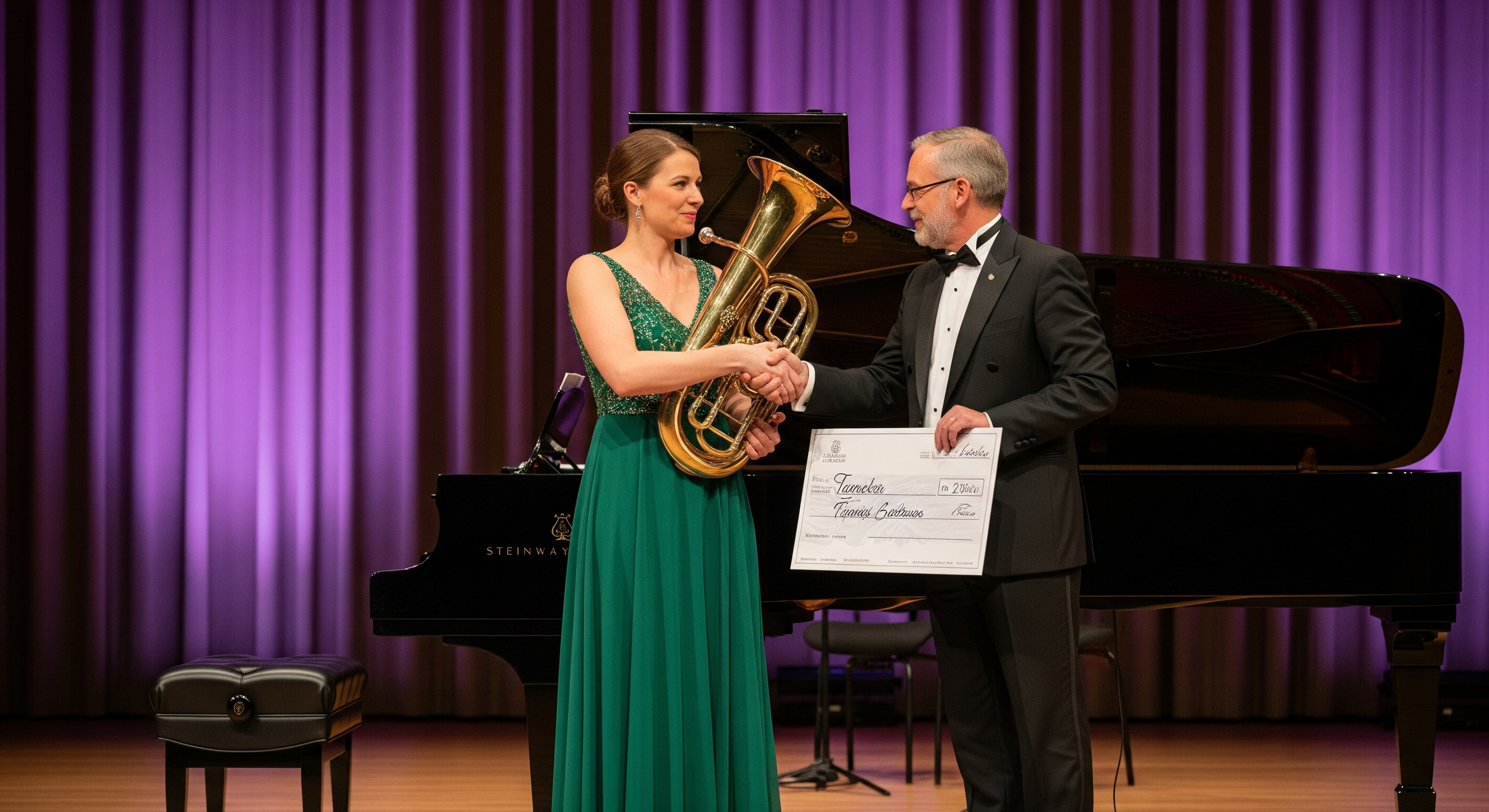
Shedding light on the financial freedom performing arts students deserve—and the billions in performing arts scholarships many never knew existed
Read More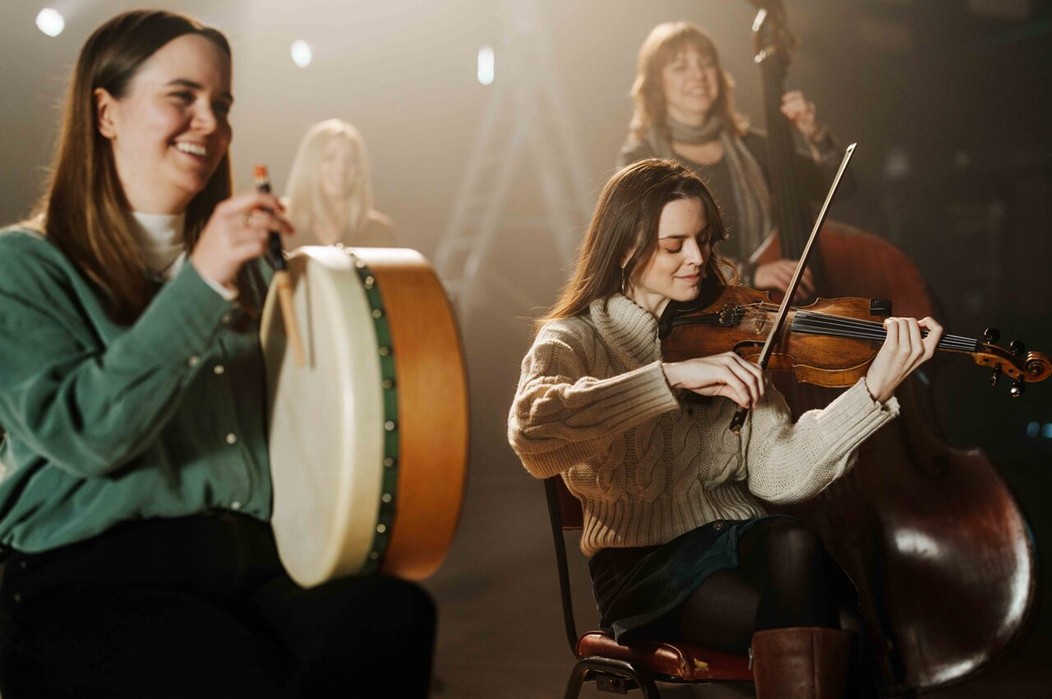
Talent is just the beginning. Learn how the right moves today—owning your child's UTL name, building their brand, and shaping their story—can set your young performing artist on a path to lasting stardom.
Read More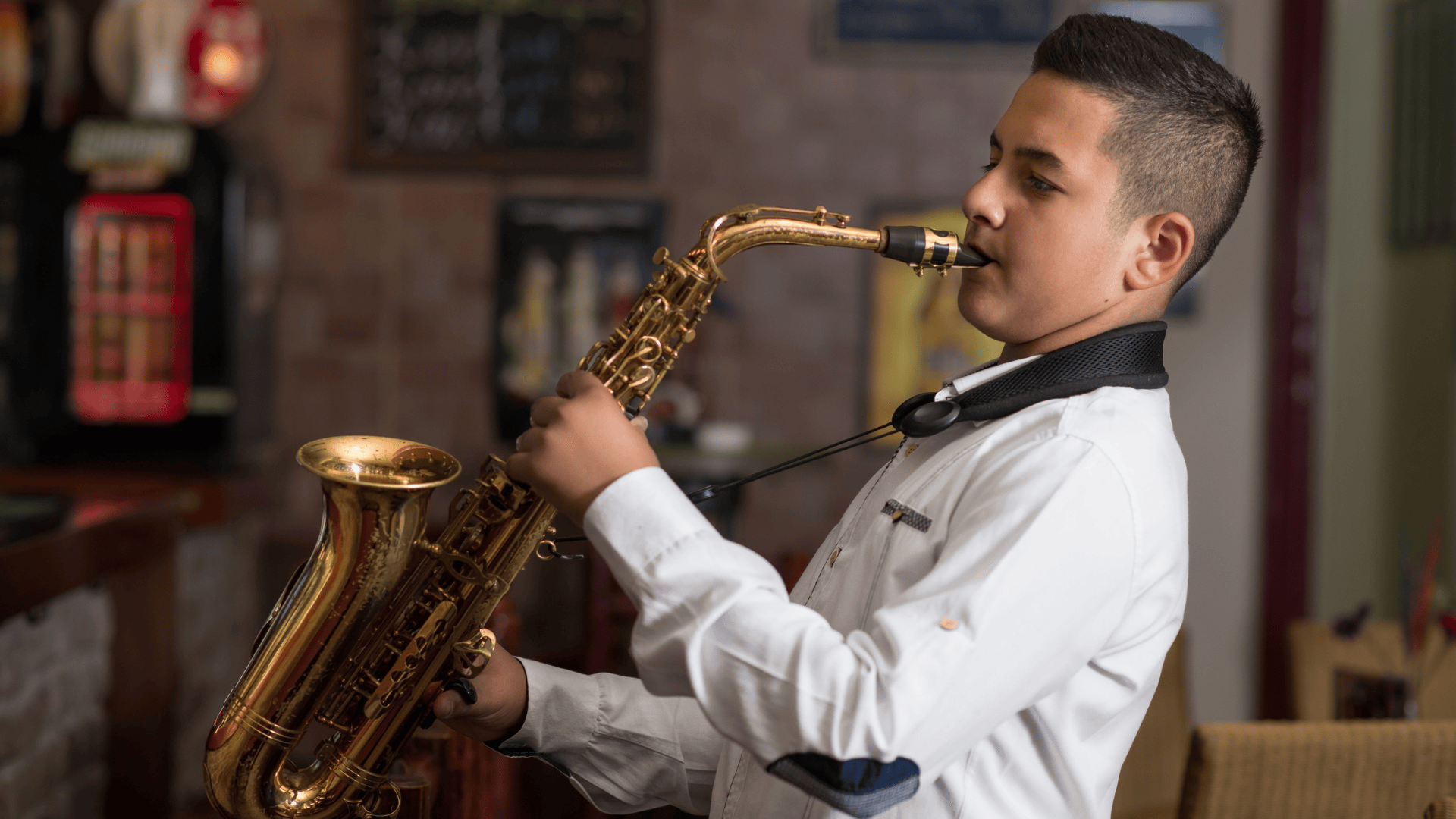
From first solo to final audition—how a carefully curated repertoire list becomes a student’s personal record of growth, readiness, and artistic identity.
Read More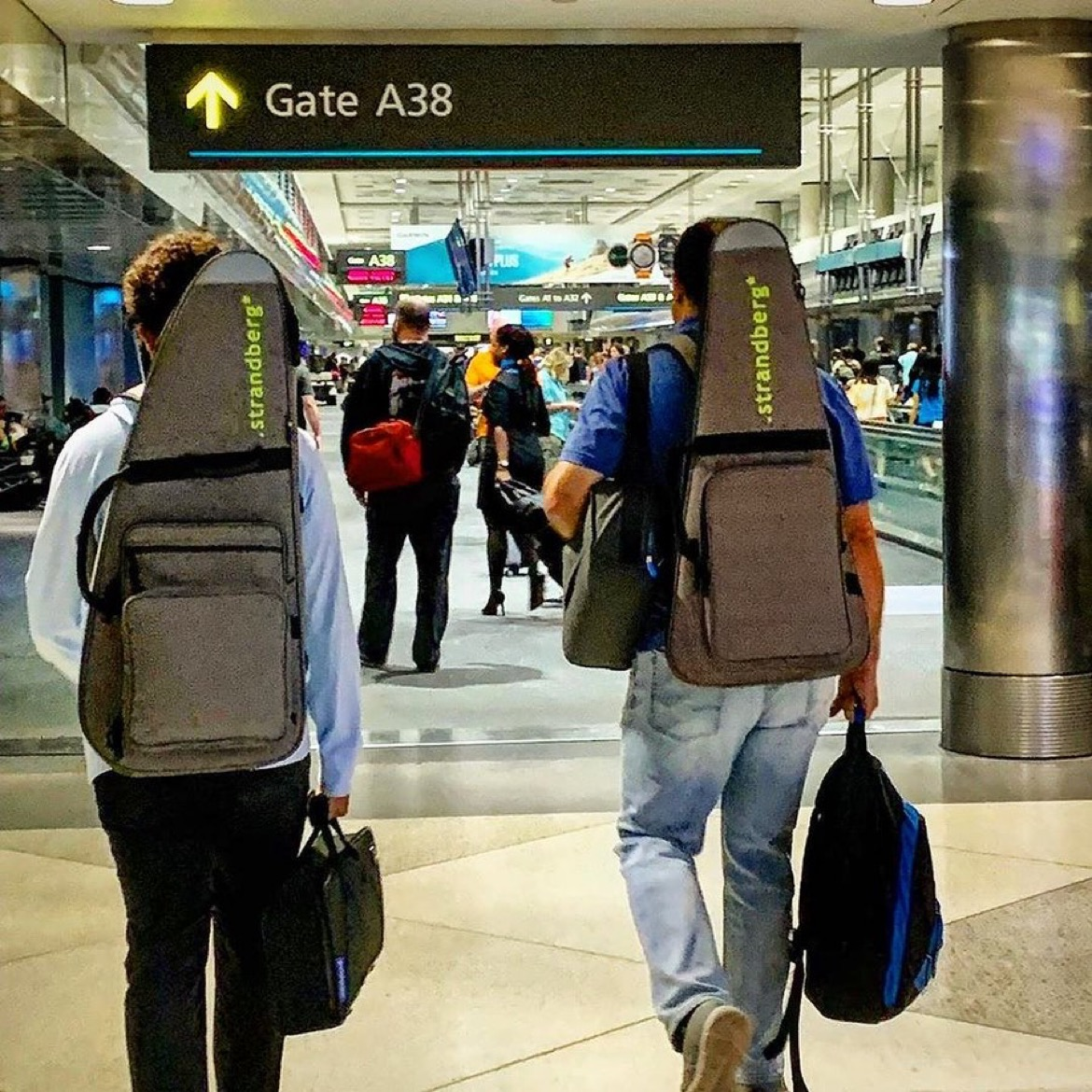
Don't let travel troubles ruin your big audition! This guide has everything you need to ensure you and your instrument arrive.
Read More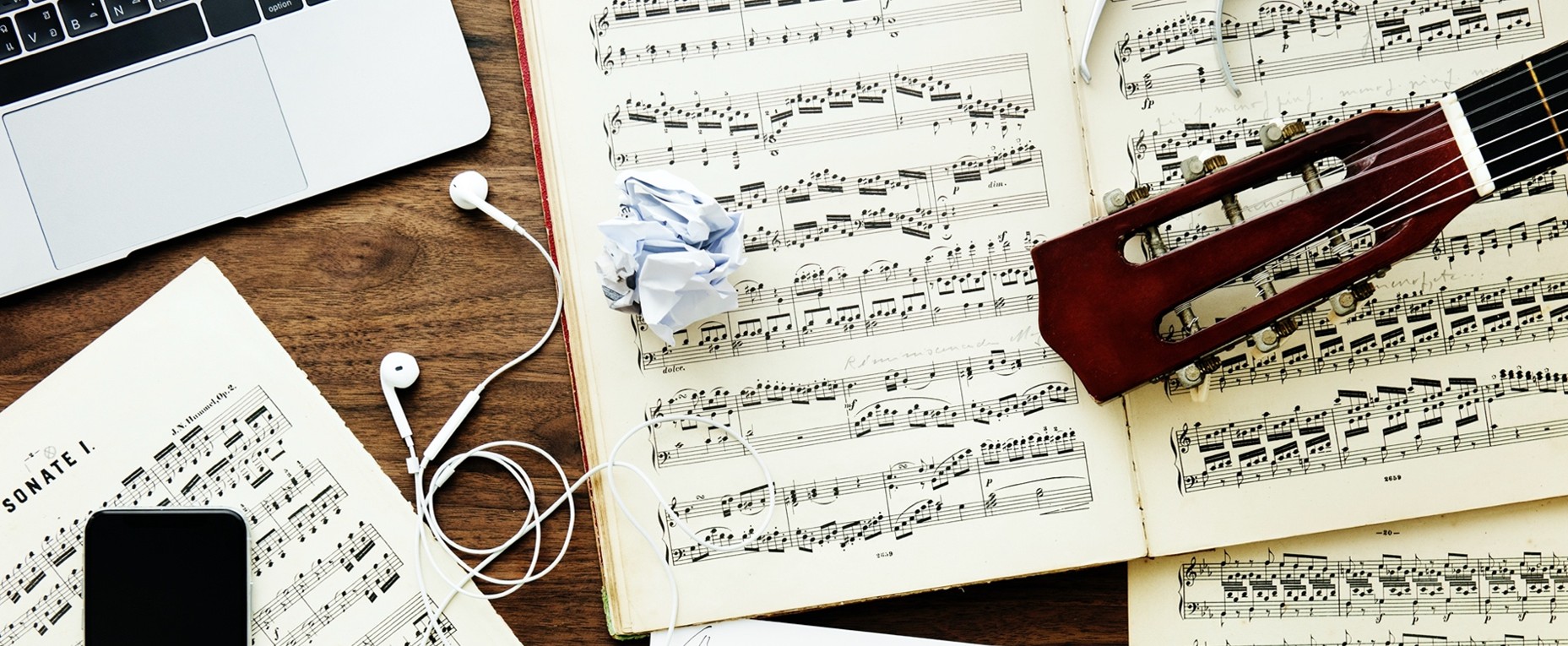
Discover how decoding a composition’s name can elevate your performance, impress adjudicators, and help you stand out from the competition.
Read More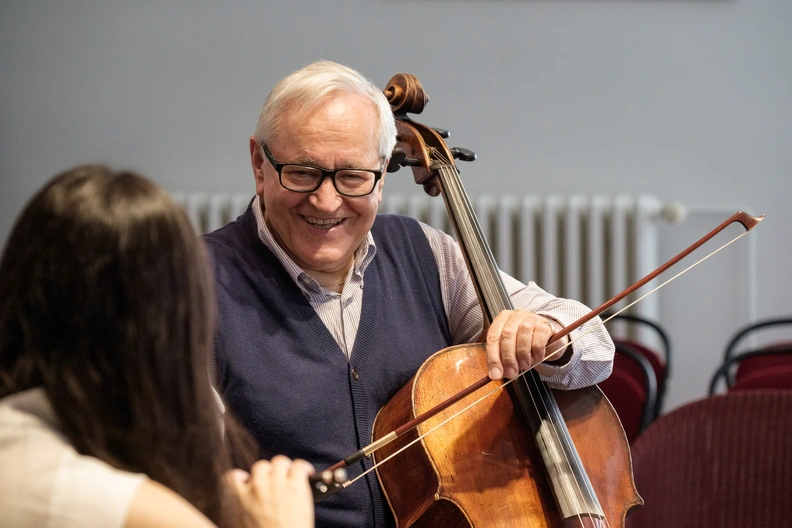
How one meaningful connection with a music teacher can open doors to college, scholarships, and a lifelong mentorship — starting now.
Read More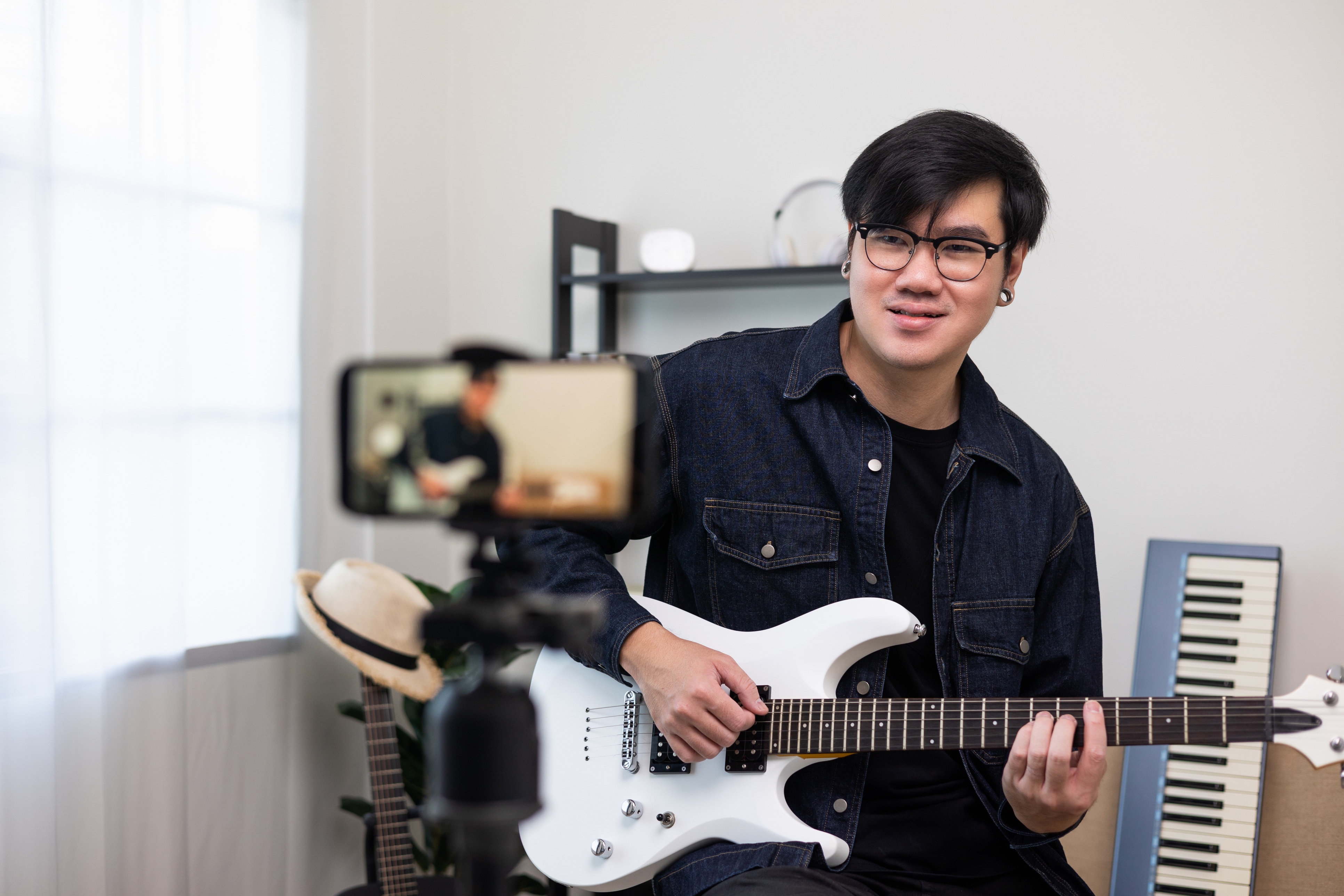
You don’t need fancy gear to capture talent — just these smart, affordable tips that could turn an audition video into a scholarship-winning performance.
Read More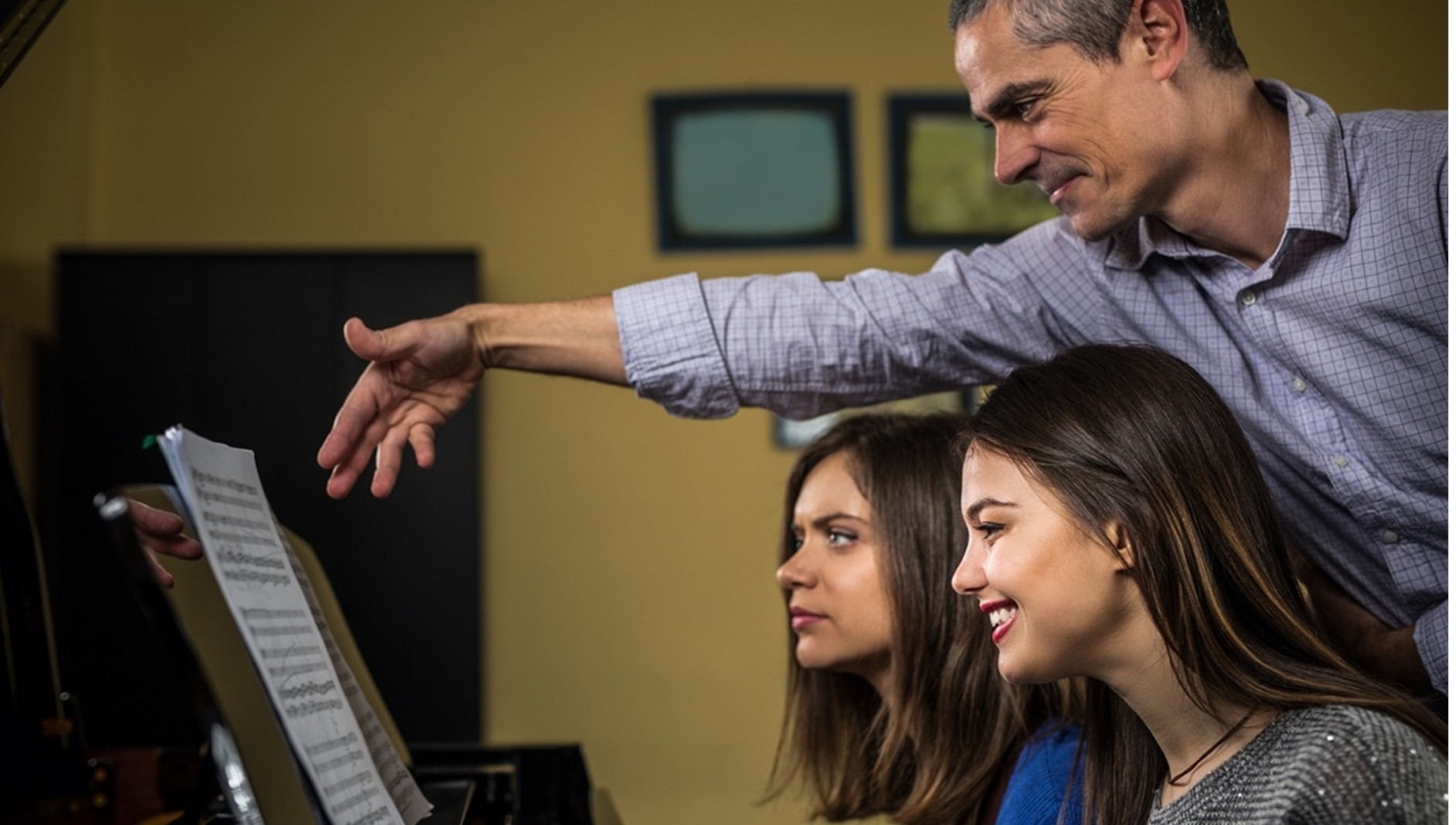
Discover why a liberal arts education isn’t just about academics—it’s a powerful launchpad for aspiring musicians to thrive in every stage of their careers.
Read More.jpg)
Choosing the right music degree isn't just about a major -- it's about mapping the future of your artistry. Discover the key differences between BM, BA, BFA, and BS programs and find your perfect path.
Read More
From educators, performers, and industry insiders who got tired of hearing “music isn’t a real career” and decided to answer with Broadway box-office receipts, royalty checks, and Grammy paydays.
Read More
Where Purpose Meets Performance: How Service Can Help Pay for Your Music Degree.
Read More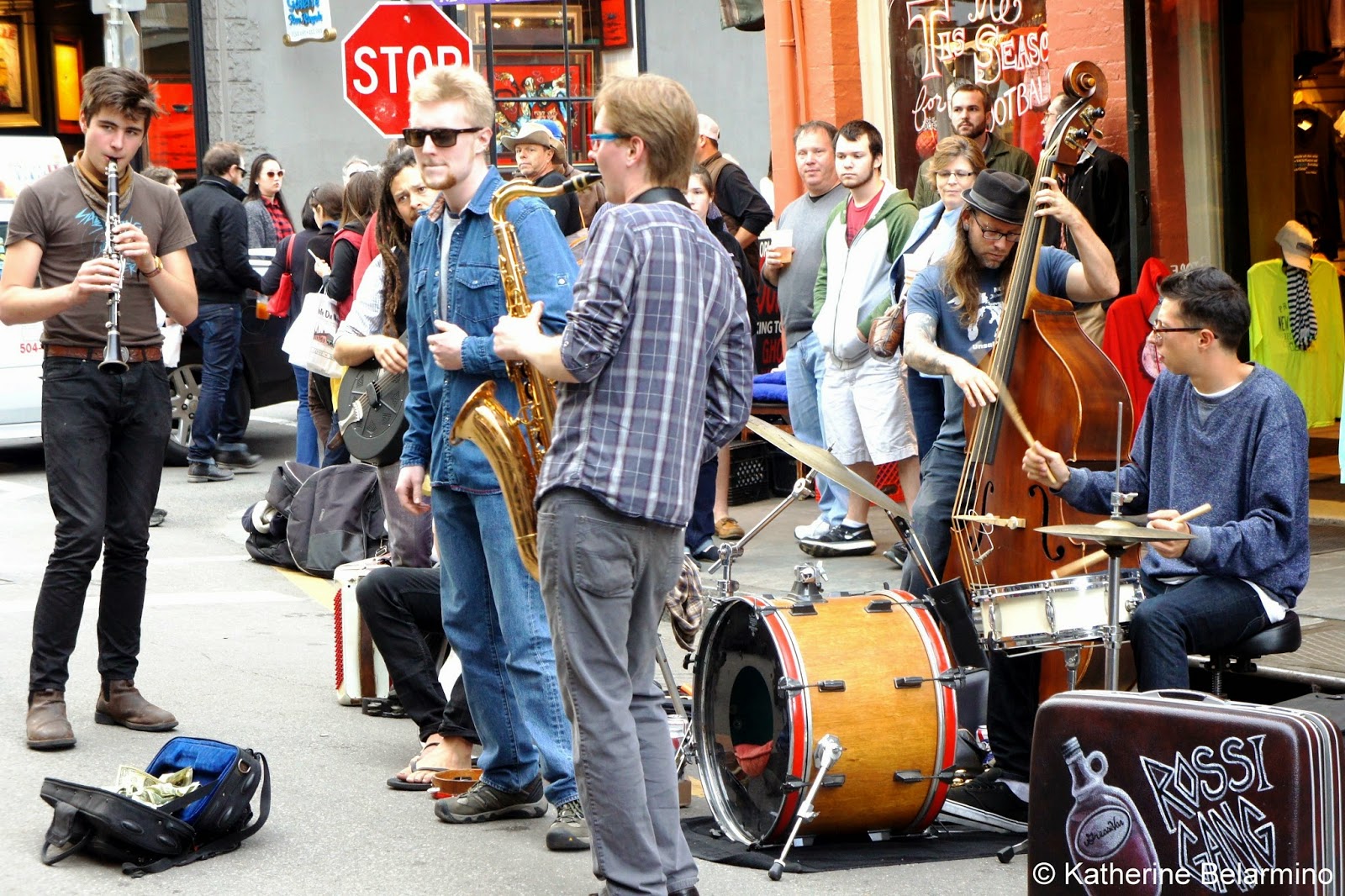
For those navigating the leap from talent to training and tuning both heart and mind to what’s next—this is your guide to finding the path that fits, connects, and inspires.
Read More.jpg)
A month-by-month roadmap designed to help aspiring music majors confidently prepare for college auditions—one scale, solo, and strategy at a time.
Read More.jpg)
Beyond the Name: Finding the Place That Helps You Find Your
Read More.jpg)
Discover the real perks, the hidden costs, and how to tell if coaching is the right
Read More.jpg)
Mastering college applications means mastering deadlines. Success hinges on precision, preparation, and unwavering commitment to each institution’s unique demands.
Read More.jpg)
Because affording your dream school shouldn't be a dream.
Read More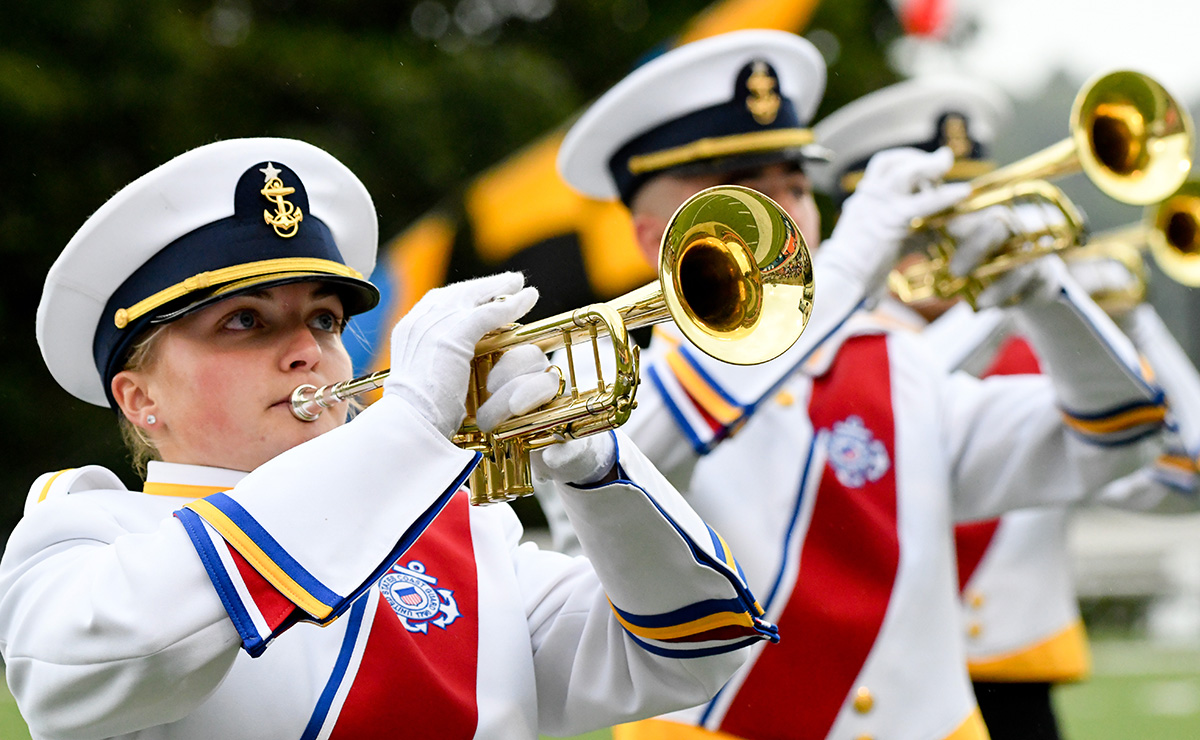
Where passion meets purpose — discover how talented musicians turn their love for music into a professional career serving their country.
Read More.png)
The music industry fuels the U.S. economy, driving schools to recruit creative, business-savvy students. Scholarships now target songwriters.
Read More.png)
How young artists can launch their careers and travel the world — without a college degree.
Read More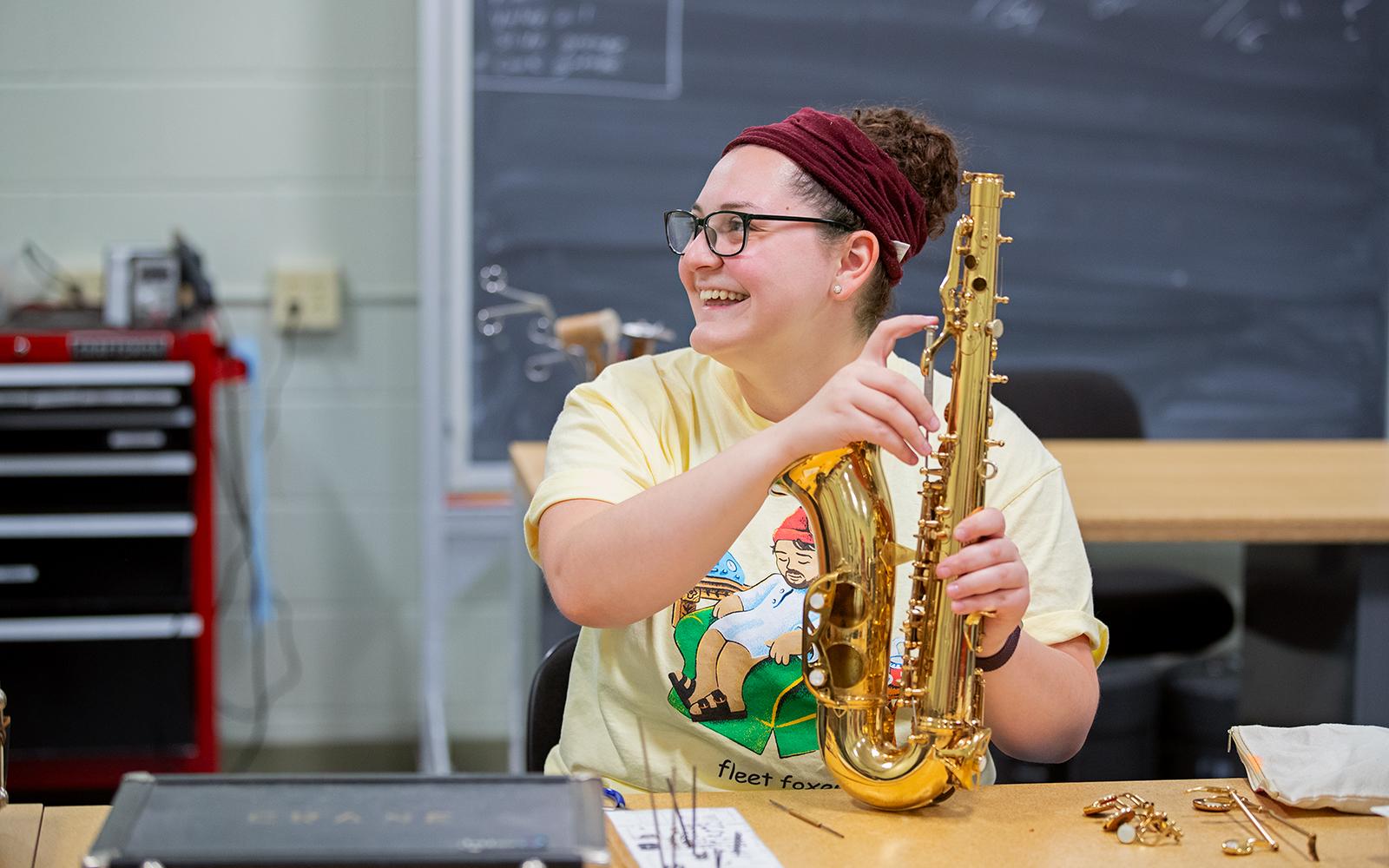
Because your talent deserves more than applause, it deserves a paycheck.
Read More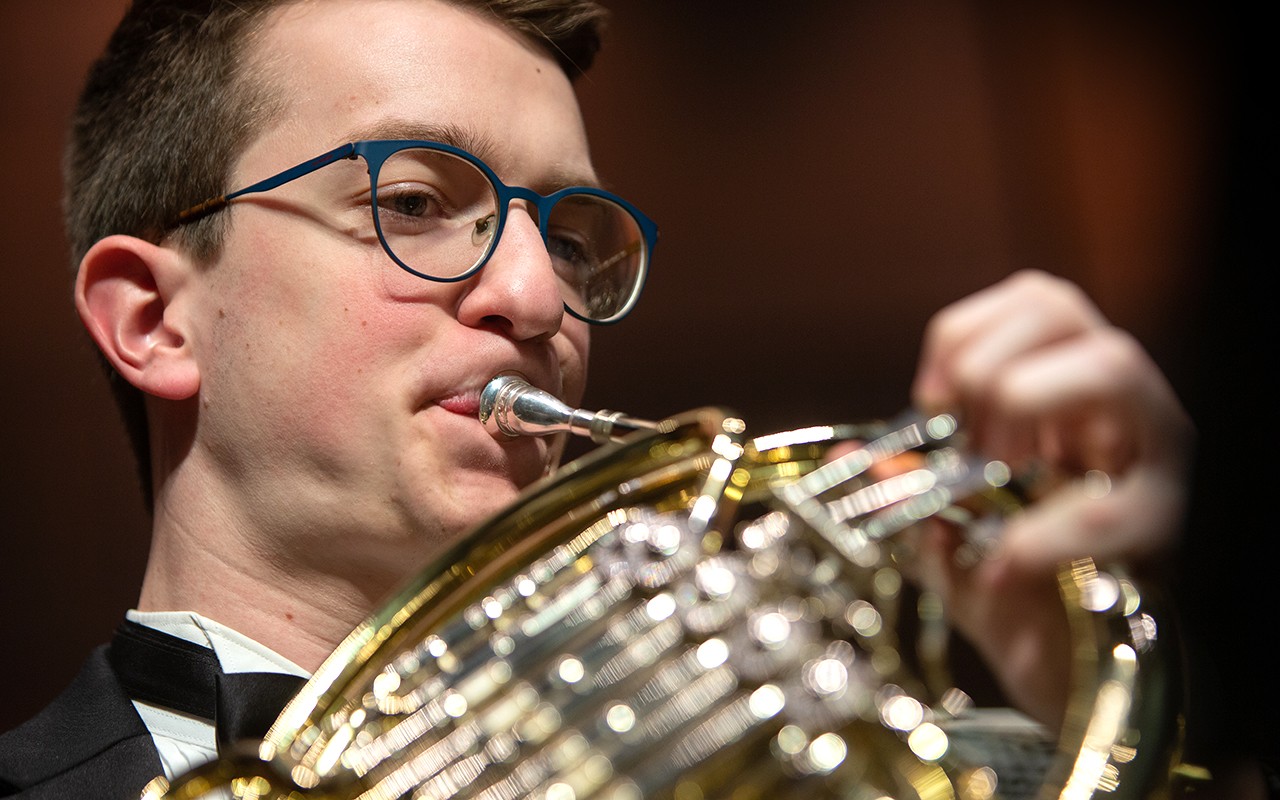
It’s not about impressing—it's about expressing.
Read MoreThe Accoladi Research Team is constantly tracking trends in performing arts collegiate recruiting, documenting scholarship procurement processes, and uncovering new resources for students and families. From the latest audition requirements to insider tips on securing funding, we’re always expanding our library— so, you can make informed choices with confidence.
